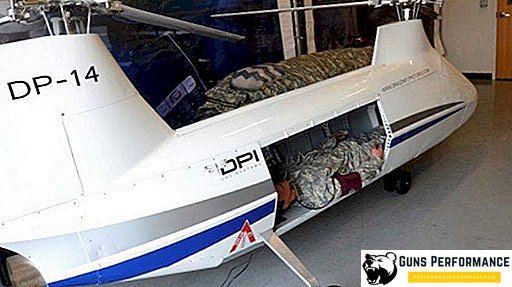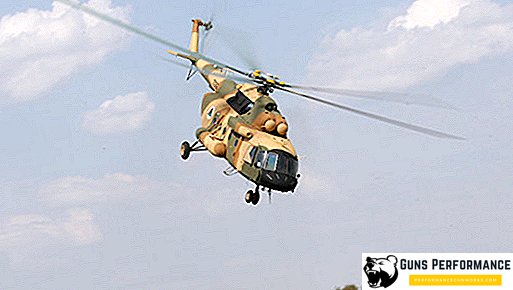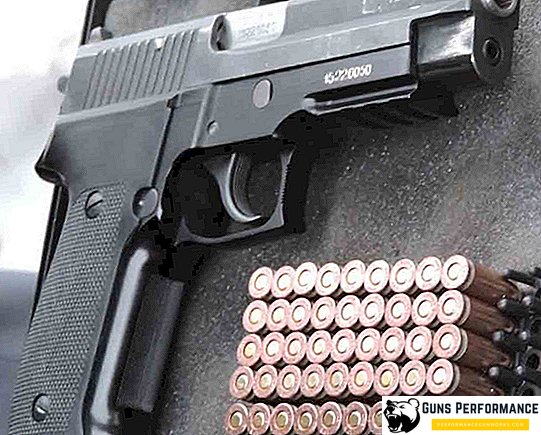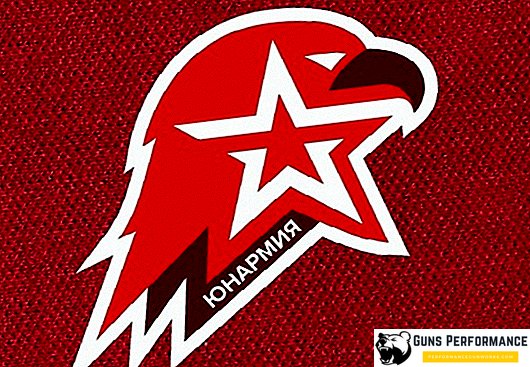BM-21 (9K51) "Grad" - reactive volley fire system (MLRS), developed in the Soviet Union. Its task is to destroy manpower, equipment, as well as command posts, artillery and mortar batteries and other targets in the tactical rear of the enemy.

"Grad" refers to the second generation of jet systems. 9K51 Grad is the most massive salvo system in the world. More than 8.5 thousand installations and more than 3 million rockets of various modifications were produced. MLRS "Grad" - this is one of the most effective combat vehicles of this class, according to many characteristics, it has no equal today.
At present, the Gradz MLRS is in service with thirty armies in the world. This weapon took part in dozens of armed conflicts, several modifications of this combat vehicle were developed.
The release of the Grad MLRS is organized in several countries: in China, Romania, Iraq and South Africa.

Story
The development of the Gradz MLRS began in the mid-50s - it was decided to replace the BM-14 complex, which was put into service immediately after the war. Several companies were involved in creating the system: Scientific Research Institute-147 (Tula), Scientific Research Institute-6 (Moscow), SKB-203 (Sverdlovsk). It was proposed several options for the design of rockets - both with folding stabilizers, and with rigidly mounted.
In the end, we decided to create a rocket with stabilizers curved along a cylindrical surface. This allowed the use of tubular guides and fit a 122-mm rocket projectile into them.

Designers NII-147 proposed to stabilize the flight of the projectile not only with the tail, but also due to its rotation along the longitudinal axis in flight. It was not too intense (several revolutions per second), but significantly reduced the dispersion of ammunition. At the same time, it was possible not to go beyond its caliber (in size). It was also proposed to manufacture the shell of the projectiles by hot drawing (as sleeves), which significantly reduced their cost.
In 1961, the MLRS tests began, the following year they were successfully completed, and in 1963 the Grad was put into service. A little later, he was shown N. Khrushchev. By the end of the decade, Soviet industry had mastered the production of the system and managed to deliver hundreds of units of combat vehicles to the troops. For the first time in combat conditions, the MLRS was used during the conflict with China on Damansky Island.
The Grad combat vehicle became the basis for creating multiple multiple rocket launchers; as a rule, the modifications differed in base and number of guides.

Device MLRS "Grad"
The composition of the MLRS "Grad" includes several components:
- combat vehicle BM-21, created on the basis of "Ural-375D";
- fire control system (LMS);
- 122mm caliber missile;
- transporting-loading machine 9T254.
Fighting vehicle BM-21 It consists of an artillery unit and the chassis of the Ural-375D vehicle. You can shoot both single shots and volleys. Full salvo time is 20 seconds. You can control the shooting from the cab of the car and remotely, using the remote control.
The artillery part of the BM consists of tubular guides, a frame, a lifting and turning mechanism, a base and shoulder strap, a cradle, electrical equipment, pneumatic equipment and sighting devices. The number of tubular guides is forty units, they serve to transport missiles, to direct their flight, and also to give them a rotational motion. To do this, in each guide made U-shaped groove.

Guides form a package consisting of four rows of ten pipes each. The bag is attached to the cradle and guided using the lifting and turning mechanisms. For horizontal and vertical guidance of the guides, an electric drive is used, the guidance can also be carried out in manual mode. The angle of vertical guidance is from 0 ° to + 55 °. The range of horizontal guidance is 172 ° (from the longitudinal axis of the car 102 ° to the left and 70 ° to the right). The artillery part of the machine is equipped with a balancing mechanism, which reduces the buildup of the guide package during firing.
Sights consist of a panorama, a mechanical sight and a collimator.
Transport vehicle. This is a car on which a set of special racks for storing, transporting and supplying missiles to a combat vehicle is installed. You can transport rockets in boxes in any suitable truck.
Missile. Uncontrolled RS - the most "revolutionary" component of the MLRS Grad.
Installation can use different types of ammunition. One of the most commonly used types of shells for the Grad is the high-explosive fragmentation projectile M-210F. It consists of a rocket, a head part and a fuse.

The head of the ammunition is intended to defeat the enemy. It consists of a body with two metal bushings, which are notched. They serve to form fragments after detonation. Two types of brake rings can be put on the head, which increase the accuracy of firing over long distances.
In the rocket part of the missile there are two powder checkers, which give the ammunition translational motion. The rocket has seven nozzles: one central and six peripheral. The ignition of powder charges is performed using pyrozapalov, triggered by a current distributor.
The fuse is cocked at a distance of 150-200 meters from the combat vehicle; it has three types of installation, on which the high-explosive or fragmentation effect of the ammunition depends.

A feature of the projectile is the shape and design of stabilizers, which do not go beyond its caliber. In the normal state, the plumage of the rocket is fixed by special rings, after the shot the stabilizers are opened. Each stabilizer has the shape of a cylinder sector, it is rotated to the longitudinal axis of the rocket by 1 °, which ensures its promotion and flight stabilization.
The firing range when using the 9M22U ammunition is 20.1 km.
A wide range of ammunition has been developed for the Gradzo raid Grad, which differ in firing range, type of warhead and fuse.

Performance characteristics
| Chassis | Ural-375D |
| Weight, kg: | |
| without shells and calculation | 10870 |
| in a fighting position | 13700 |
| Length in the stowed position, mm | 7350 |
| Width, mm: | |
| in the stowed position | 2400 |
| in a fighting position | 3010 |
| Height, mm: | |
| in the stowed position | 3090 |
| at maximum elevation angle | 4350 |
| in the position of the swinging part 0 ° | 2680 |
| Ground clearance, mm | 400 |
| Number of guides | 40 |
| Elevation angle package guides, degrees: | |
| Minimum | 0 |
| Maximum | 55 |
| Angle of horizontal guidance, degrees: | |
| to the right of the chassis | 70 |
| to the left of the chassis | 102 |
| Cab bypass angle, degrees: | -34… +34 |
| Full salvo time, with | 20 |
| Firing range, m | |
| Minimum | 5000 |
| Maximum | 40000 |
| Power reserve, km | 750 |
| Maximum ford depth with wave, m | 1,5 |
| Missile characteristics | |||||
| Index | Type of | Length mm | Weight, kg | Weight, kg | Firing range, km |
| 9M22 | high-explosive | 2870 | 66 | 18,4 | 20,1 |
| 9M28F | high-explosive | 2270 | 56,5 | 21 | 15 |
| 9M28K | ministable | 3019 | 57,7 | 22,8 | 13,4 |
| 9M16 | ministable | 3019 | 56,4 | 21,6 | 13,4 |
| 9M519 | radio jammer | 3025 | 66 | 18,4 | 18,5 |
| 9M43 | smoke | 2950 | 66 | 20,2 | 20,2 |
| 9M217 | cassette | 3037 | 70 | 25 | 30 |
| 9M218 | cassette | 3037 | 70 | 25 | 30 |
| 9M521 | high-explosive | 2840 | 66 | 21 | 40 |
| 9M522 | high-explosive | 3037 | 70 | 25 | 37,5 |












